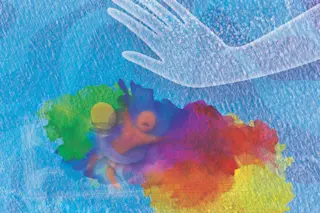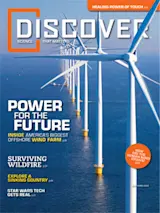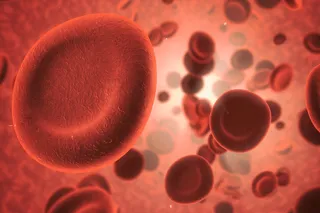This story was originally published in our May/June 2022 issue as "Healing With Touch." Click here to subscribe to read more stories like this one.
When he was 14 months old, my son’s breathing sounded like a diesel engine. He choked on peas, couldn’t clear mucus from his throat and struggled to get a full breath. Jack had a double aortic arch, a condition where an extra branch stemming from the heart constricts the airway like a vise.
During surgery to cleave the arch, doctors nicked some nerves, causing Jack’s lymphatic system to leak. After days of food and water restrictions, he looked like a caged animal. His frantic pleas for “wa-wa” played on a loop throughout the hospital wing and reverberated through my heart.
Instead of water, doctors delivered potent pharmaceutical cocktails to sedate him. After 48 hours without relief, a nurse suggested we try Healing Touch, a complementary ...















